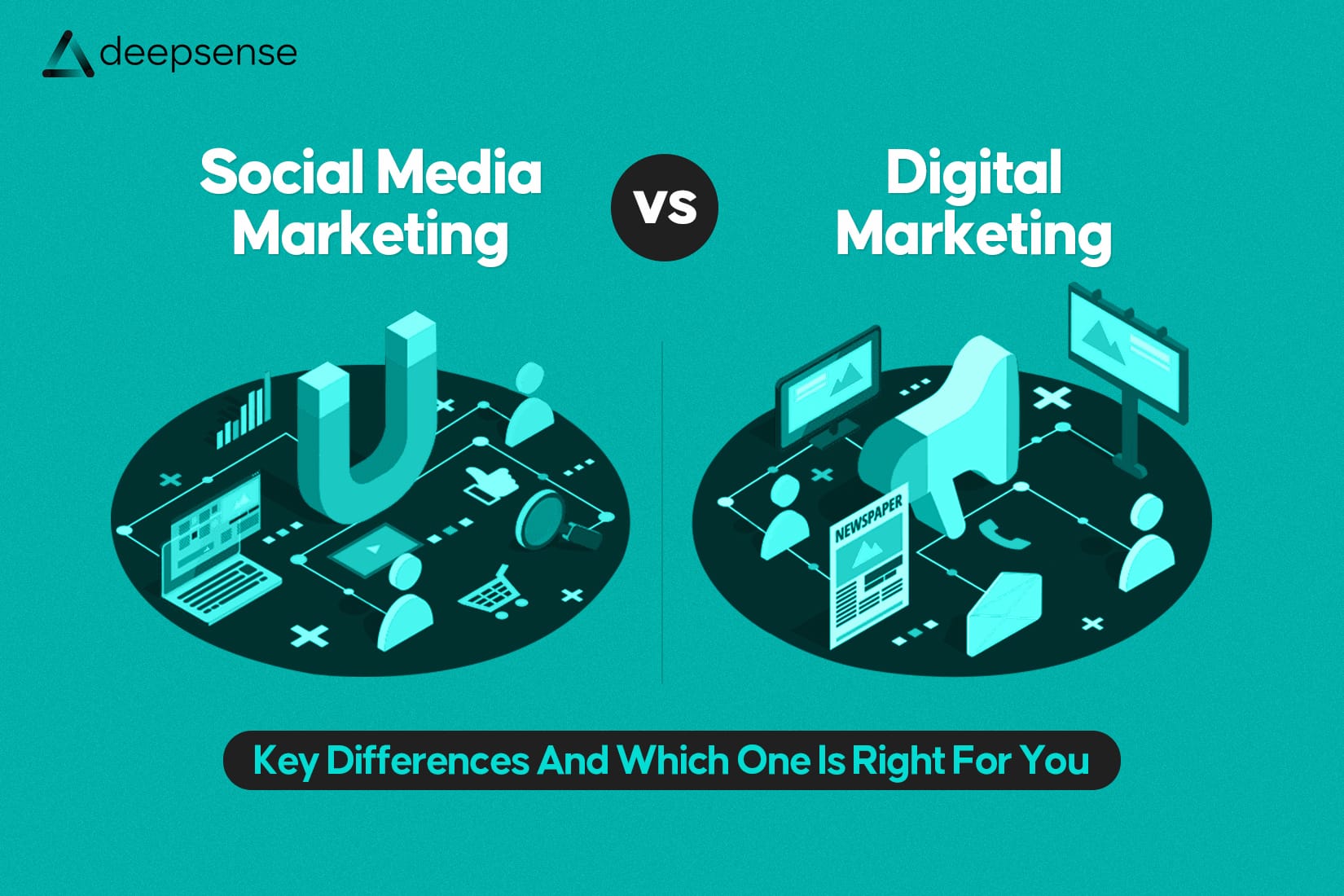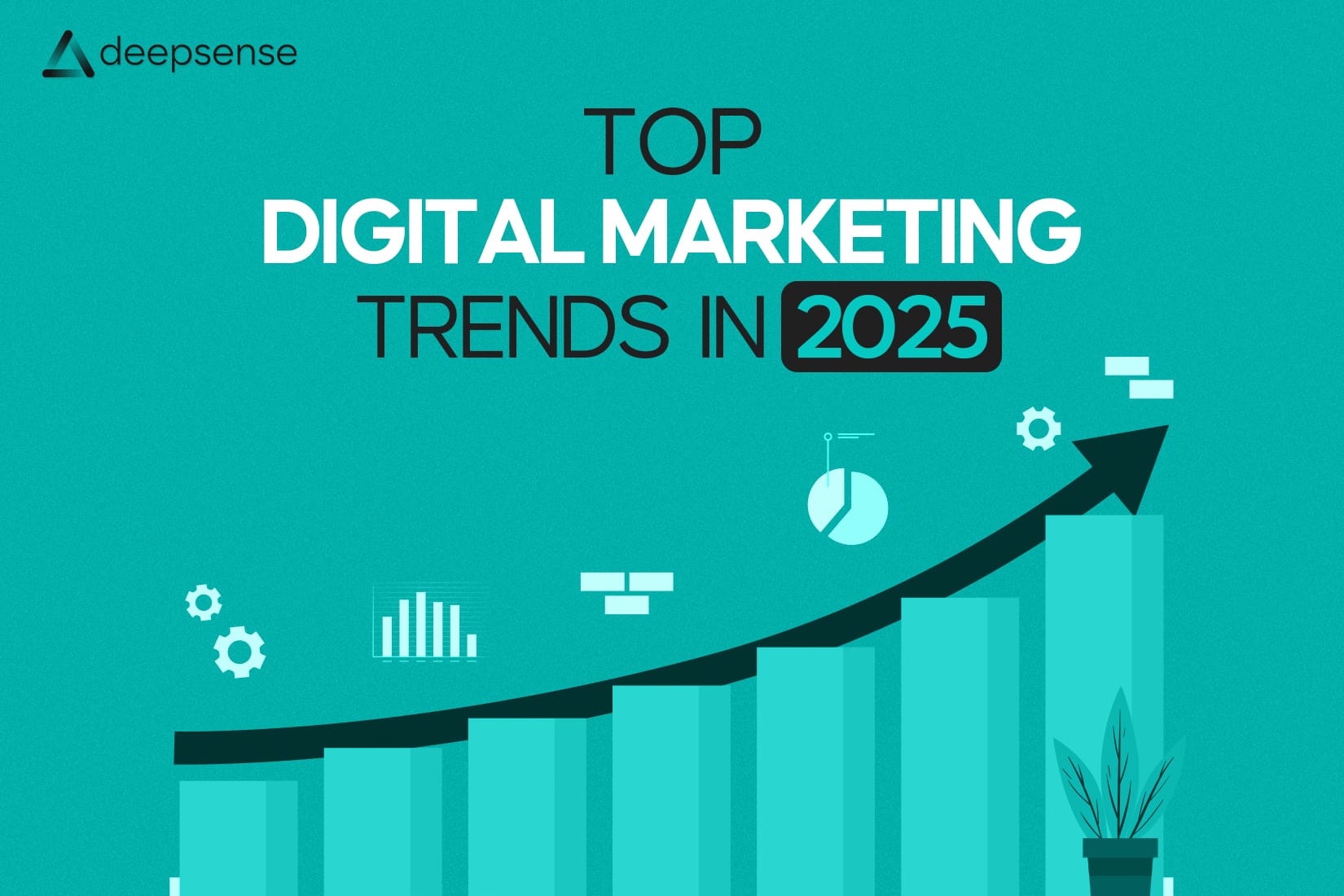It’s 2025, and the digital scene is changing faster than ever. Search isn’t what it used to be. We’re no longer just typing questions into Google and scrolling through results. Now, we’re asking Siri, Alexa, ChatGPT, and even our smart fridges for answers. With the rise of AI-driven platforms and voice assistants, a new kind of optimization has taken center stage: Answer Engine Optimization (AEO).
So, what exactly is AEO? How is it different from the SEO we’ve known for years? And more importantly, why should you care in 2025?
Let’s break it down.
SEO: The Foundation of Digital Visibility
Search Engine Optimization (SEO) is the long-standing strategy of optimizing your website and content to appear in search engine results pages (SERPs). It’s what digital marketers have been doing for decades. At its core, SEO focuses on:
- Keyword research and usage
- On-page SEO elements (title tags, meta descriptions, headers)
- Content relevance and quality
- Backlinks and authority
- Mobile-friendliness and site speed
The goal? Rank as high as possible when someone searches for something relevant to your business.
SEO is still essential. In fact, it’s the backbone of digital discoverability. But here’s the thing: the way people search has changed. And that’s where AEO comes in.
AEO: The Evolution of Search
Answer Engine Optimization (AEO) is all about providing direct answers to user questions.
Instead of optimizing your site to show up on a search results page, AEO optimizes your content to be the answer shown by an AI assistant, featured snippet, or voice search.
Think of it this way:
- SEO: Helps your blog post rank #1 in Google search.
- AEO: Helps your sentence become the spoken or displayed answer from Alexa or ChatGPT.
AEO focuses on:
- Structuring content to match how people ask questions
- Using schema markup and structured data
- Providing concise, fact-based answers
- Establishing authority through clear, trustworthy content
- Matching search intent precisely
As AI becomes the go-to interface for information, AEO ensures you’re not just in the search results, you are the result.
Why the Shift? User Behavior Is Evolving
In 2025, users want fast, accurate answers, not endless lists of blue links. Consider how people now interact with search:
- Voice searches are conversational and question-based.
- AI tools like ChatGPT summarize results instead of linking out.
- Zero-click searches show answers right in the search results.
- Multimodal search lets users search using images, videos, and text combined.
This evolution in behavior demands a shift from traditional keyword-focused SEO to context-rich, intent-driven AEO.
Key Differences Between AEO and SEO
Let’s lay it out side by side:
| Aspect | SEO | AEO |
| Goal | Rank in SERPs | Be the direct answer |
| Platform | Google, Bing | Google, voice assistants, AI bots |
| Content Format | Long-form, keyword-optimized | Short, precise, structured |
| Search Type | Keyword-based | Question/intent-based |
| Measurement | Rankings, traffic | Featured snippets, voice response, AI mentions |
| Optimization Strategy | Meta tags, backlinks, content depth | Structured data, FAQ formats, clear answers |
How to Adapt to AEO in 2025
AEO isn’t a replacement for SEO, it’s a layer on top of it. To succeed in both:
1. Answer Real Questions
Use tools like Google’s People Also Ask, Answer The Public, and Quora to find the questions your audience is asking. Create content that answers these questions directly and clearly.
2. Use Structured Data
Implement schema markup (FAQPage, HowTo, Article) to help search engines and AI understand your content.
3. Create Conversational Content
Think about how someone would ask a voice assistant for help. Write in a natural, human tone that aligns with spoken language.
4. Be Concise and Accurate
AEO favors short, factual answers. Summarize your key points at the top of your content or in dedicated Q&A sections.
5. Build Trust and Authority
Cite sources, use expert quotes, and make sure your content meets E-E-A-T standards. AI tools prefer answers from credible sources.
6. Monitor AI Mentions and Featured Snippets
Track how often your content is being quoted by AI or appearing in answer boxes. Tools like Semrush, AlsoAsked, and even ChatGPT search integration can help.
SEO Still Matters, A Lot
While AEO is rising, don’t ditch SEO. The majority of traffic still comes from search engines. A strong SEO strategy ensures:
- Your content gets indexed and ranked
- Users can discover deeper information beyond just answers
- Your brand remains visible in broader searches
The future is hybrid: SEO for visibility, AEO for authority.
The Rise of AI and the Impact on Search
AI is changing the way content is created, consumed, and ranked. Generative AI tools like ChatGPT, Gemini, and Perplexity are becoming new front doors to the internet.
- These tools don’t just list links, they generate answers.
- They pull from top-ranking or authoritative content.
- The more helpful your content, the more likely you are to be quoted.
In this environment, AEO becomes your strategy to make sure AI sees, understands, and values your content.
What This Means for Brands and Marketers
If you want to stay ahead in 2025, your content strategy needs to evolve:
- Move beyond just ranking to answering.
- Structure your content for AI readability.
- Optimize for questions, not just keywords.
- Think in terms of micro-moments and instant value.
The brands that adapt to AEO will gain more visibility in emerging search channels, establish greater authority, and stay relevant in an AI-driven future.
Final Thoughts
In the battle of AEO vs SEO, it’s not either/or. It’s both.
SEO ensures your content is discoverable. AEO ensures it’s chosen as the answer.
As AI and voice interfaces become dominant, brands that master both will lead the way. So don’t just aim for the top of Google, aim to be the answer wherever your audience is searching.
Welcome to the future of digital search. It’s not just about being found. It’s about being trusted to answer.
FAQs
1. What is the difference between SEO and AEO?
SEO (Search Engine Optimization) focuses on helping websites rank higher in search engine results through keywords, backlinks, and technical improvements. It aims to attract clicks by improving visibility on platforms like Google.
AEO (Answer Engine Optimization), on the other hand, is about optimizing content to directly answer user questions on voice assistants, AI tools, or featured snippets, often without needing the user to click through to a website.
2. What is the difference between SEO, AEO, and GEO?
SEO (Search Engine Optimization) is about improving a website’s visibility on search engines. AEO (Answer Engine Optimization) optimizes content to provide direct answers for voice search and AI-driven platforms like ChatGPT or Siri. GEO, often linked to geotargeting or Geographic SEO, focuses on optimizing content for specific locations to attract local audiences. So, SEO ranks websites, AEO answers queries directly, and GEO targets users based on location.
3. What will replace SEO?
While SEO won’t disappear entirely, it’s evolving. AEO (Answer Engine Optimization) and AI-powered search will increasingly complement or replace traditional SEO. With users turning to voice assistants and AI chatbots, content must be optimized for answers, not just rankings. Additionally, semantic search, user intent, and zero-click searches will play larger roles, pushing brands to focus on structured data, conversational content, and AI-readability over old-school keyword stuffing.
4. What are the 4 types of SEO?
The four main types of SEO are:
- On-page SEO – optimizing content and HTML elements like keywords, meta tags, and internal links.
- Off-page SEO – building backlinks and improving domain authority through external efforts.
- Technical SEO – improving site structure, speed, mobile-friendliness, and crawlability.
- Local SEO – optimizing for location-based searches to appear in local results and Google Maps.
Each plays a unique role in boosting visibility.
5. What is AEO in SEO?
AEO stands for Answer Engine Optimization, a newer SEO strategy that targets answer engines like Google’s featured snippets, voice assistants (Alexa, Siri), and AI bots (like ChatGPT). It’s about structuring content to answer user questions clearly and concisely using schema markup and FAQ formats. AEO aligns with the rise of zero-click searches, aiming to satisfy user intent directly rather than driving clicks to a website.
6. What does AEO mean?
AEO means Answer Engine Optimization, a method of structuring content so it can be directly answered by AI-driven tools, voice assistants, or search engines that show instant answers. It’s an evolution of SEO that prioritizes clarity, conciseness, and structured data to help systems easily pull and display relevant information. As users shift toward conversational queries, AEO ensures your content becomes the “answer” they receive.











